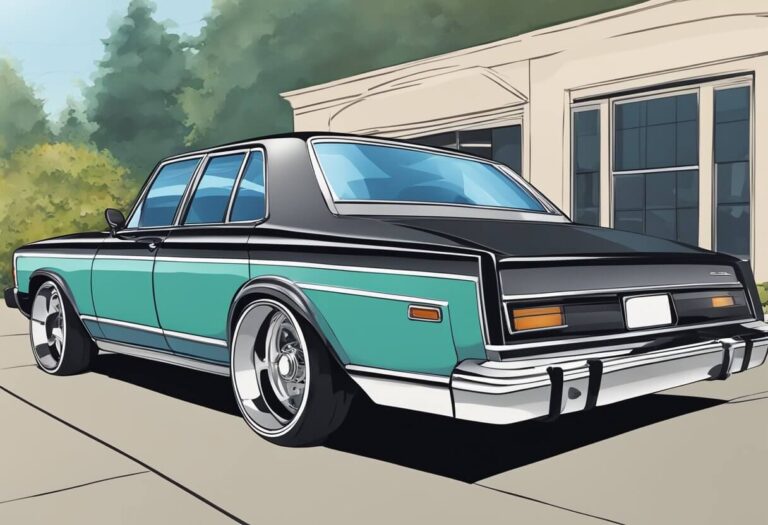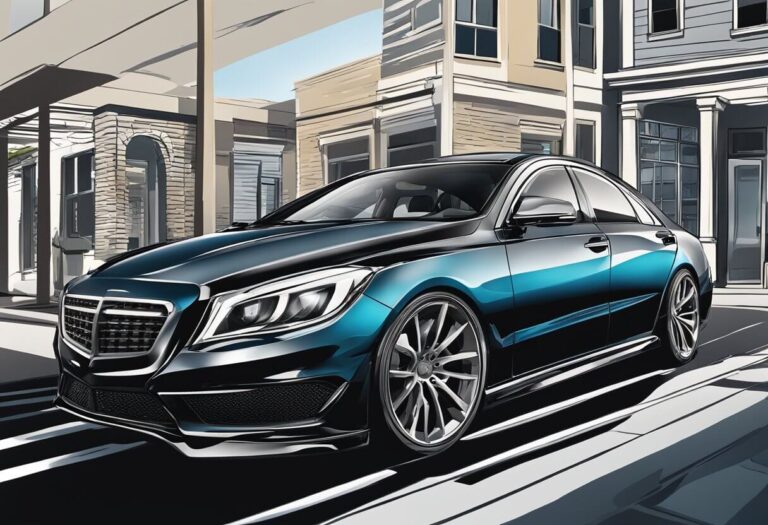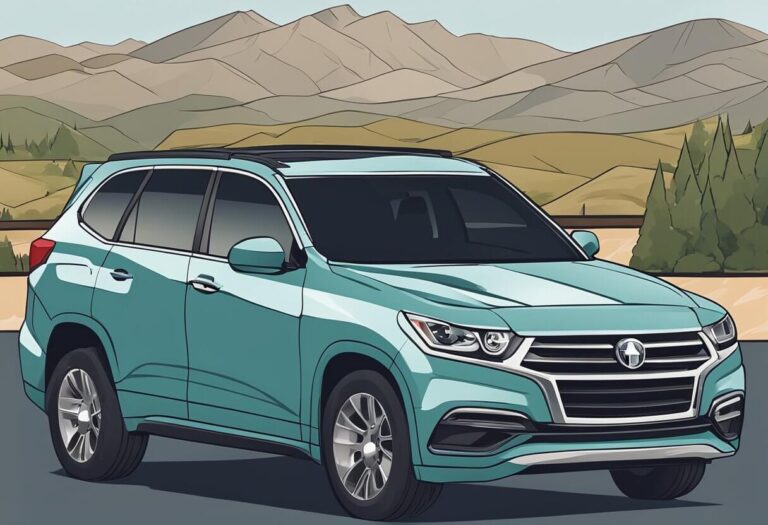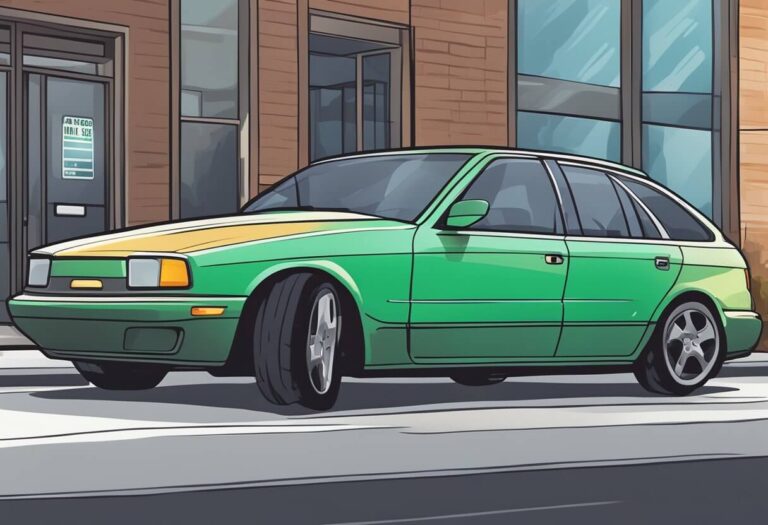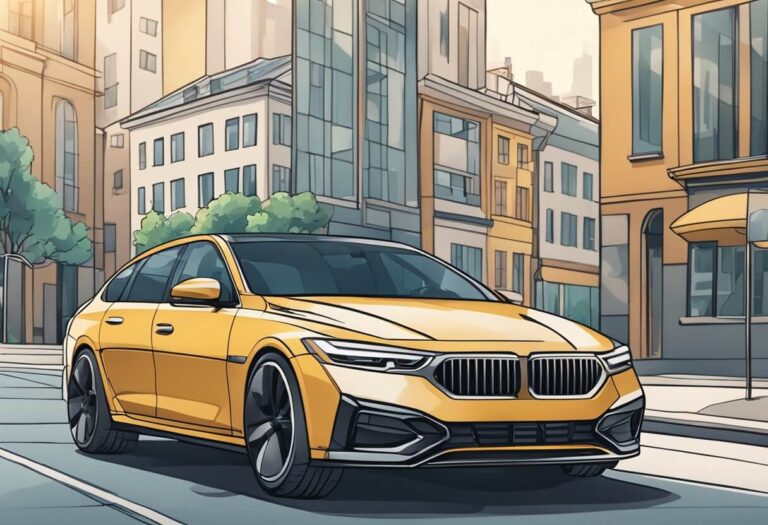Legal Window Tint Limits in Georgia: Full Guide 2024

Trying to beat the Georgia heat by tinting your car windows but not sure if it’s legal? Are you confused about how dark you can go with your window tint without risking a fine or penalty?
Don’t worry, this comprehensive guide has all the answers you need. We’ll cover every aspect of Georgia’s window tint laws so you can enjoy the benefits of tinted car windows while staying on the right side of the law.
The key things we’ll discuss are visible light transmission percentages (VLT), the legal tint limits for different windows and vehicle types, other tint regulations, medical exemptions, penalties for violations, and tips for legally tinting your vehicle.
Understanding Georgia’s Window Tint Laws and Visible Light Transmission (VLT)
Before we dive into the specific legal limits, it’s important to understand what visible light transmission (VLT) is and why Georgia’s tint laws use this measurement.
VLT refers to the percentage of visible light that can pass through your vehicle’s window glass and tint film combined. A higher VLT percentage means more light is transmitted, while a lower percentage results in darker tinted windows.
Georgia’s window tint laws set VLT limits to balance the benefits of tinted windows (like reduced heat, UV protection, and privacy) with maintaining safe visibility for drivers. The goal is to allow effective tinting while preventing windows from being darkened to an unsafe level.
Legal Tint Limits for Sedans/Passenger Cars in Georgia
For regular passenger vehicles like sedans, coupes, and hatchbacks, Georgia law has a single VLT limit that applies to the front side windows, rear side windows, and rear windshield.
Front Side Windows
The front side windows (the windows to the immediate left and right of the driver) on sedans and passenger cars in Georgia must allow more than 32% of light to pass through. This means the tintfilm applied cannot have a visible light transmission percentage lower than 32%.
Rear Side Windows
Like the front side windows, the rear side windows on sedans and passenger cars in Georgia also cannot be tinted darker than 32% VLT. Any tint film used must allow over 32% of light through.
Rear Windshield
For the rear windshield of sedans and passenger cars, the same 32% VLT limit applies. The tint level cannot restrict light transmission to less than 32%.
It’s important to note that Georgia law provides a 3% tolerance for these VLT measurements. So tints measuring up to 29% VLT would still be considered legal.
Legal Tint Limits for SUVs, Vans and Trucks in Georgia
When it comes to multi-purpose vehicles like SUVs, vans, and trucks, the legal window tint limits in Georgia differ slightly.
Front Side Windows
Just like sedans, the front side windows (to the immediate left and right of the driver) on these vehicle types must allow more than 32% of light to pass through. So the same 32% VLT limit applies.
Rear Windows (behind front doors)
However, Georgia law is more relaxed for the rear windows behind the front side doors of SUVs, vans, and trucks. There is no stated VLT restriction, which means you can tint these rear windows to any desired darkness level.
Other Georgia Window Tint Regulations
In addition to the VLT limits above, Georgia’s window tint laws have a few other regulations you need to be aware of.
Windshield Tint Rules
By law, you cannot apply any tint film to the front windshield of your vehicle, with one exception. A non-reflective tint is allowed on just the top 6 inches of the windshield.
Tint Color Restrictions
While you have flexibility in choosing your preferred tint darkness levels, Georgia does restrict certain tint colors. It is illegal to use red or amber/yellow tinted films on any window of your vehicle.
Tint Reflectivity Limits
The tint films applied to your car’s windows also cannot be overly reflective. Georgia caps the maximum reflectivity at 20% for the front side windows, rear side windows, and rear windshield of all vehicles.
Getting a Medical Exemption for Darker Tints
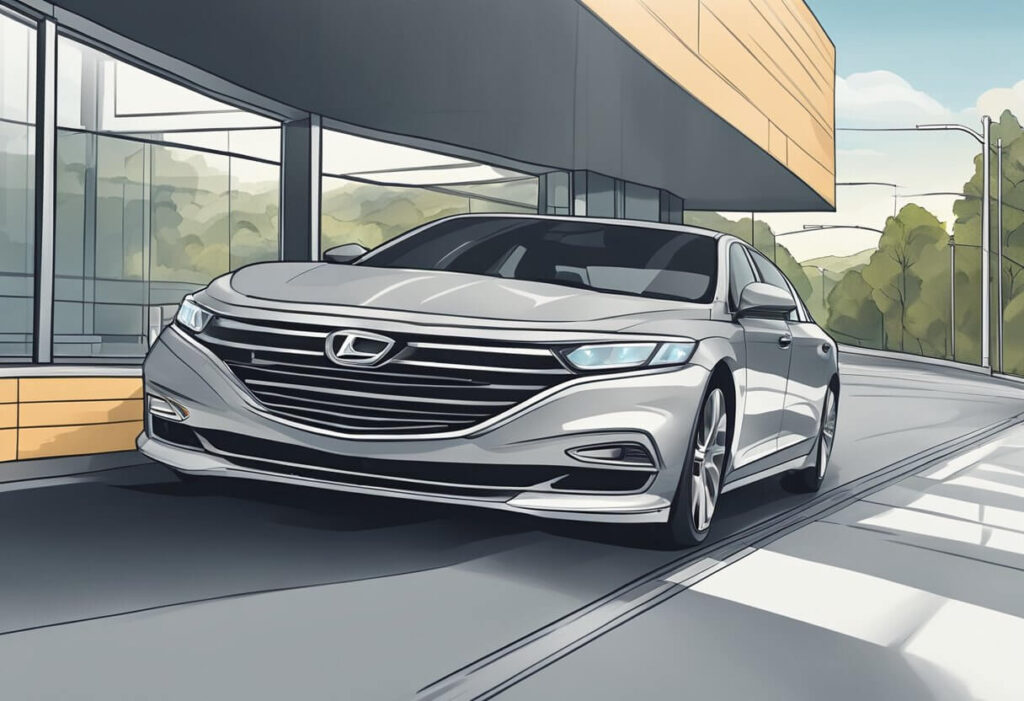
In some cases, you may qualify for a medical exemption that allows you to use darker window tints that exceed the normal VLT limits.
Certain medical conditions like lupus, xeroderma pigmentosum, or severe light sensitivities could make you eligible if verified by a licensed physician or optometrist. They would need to state that you require special UV protection beyond typical sunscreen or eyewear.
To get the exemption, you must complete an application and pay a $10 fee to the Georgia Department of Driver Services. If approved, the darkest tint permitted would be 23% VLT (with the usual 3% tolerance).
Penalties for Illegal Window Tints in Georgia
Having illegal window tints on your vehicle can lead to penalties under Georgia law. But what exactly are those penalties?
Technically, violating the window tint law is considered a misdemeanor offense. The maximum punishments allowed are fines up to $1,000 and up to 12 months in jail.
Tips for Legally Tinting Your Car in Georgia
Now that you understand all the tint regulations, here are some tips to ensure you stay compliant when tinting your vehicle’s windows in Georgia:
- Always use window tint films certified for sale in Georgia. Reputable installers will only use approved films that meet the state’s requirements.
- Have the tint installed by a professional who understands Georgia’s regulations. They can ensure the proper VLT levels and provide the legally required identification stickers.
- When installed correctly, legal tints will have a small sticker placed on your windshield or door frame identifying the tint as compliant. Keep this in place.
- If pulled over, the officer may test your window tint using a special measurement device. Stay calm, be polite, and explain you made sure to get a legal tint installed.
- Consider getting your vehicle pre-inspected at a DDS station if you want extra assurance your tints are legal before hitting the road.
Conclusion
As you can see, there are very specific window tint limits and regulations that must be followed in Georgia. But as long as you educate yourself and opt for legal tinting installed professionally, you can fully enjoy the benefits of tinted car windows without any worries.
We covered everything from the legal visible light transmission percentages in Georgia for sedans, SUVs, vans, and trucks to other rules around windshield tinting, color restrictions, reflectivity levels, medical exemptions, and penalties for violations. By understanding the tint laws, you can pick the ideal level of darkness that keeps you comfortable while staying road legal.
Now you’re ready to get your vehicle tinted and beat that intense Georgia heat and sun glare. Just be sure to find a certified tint installer you trust. With their expertise and high-quality, legal films, you’ll enhance your driving experience while complying with all applicable regulations. Stay cool, stay legal!

